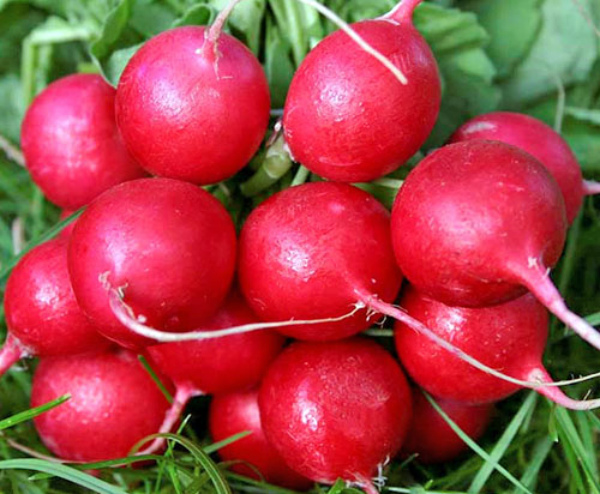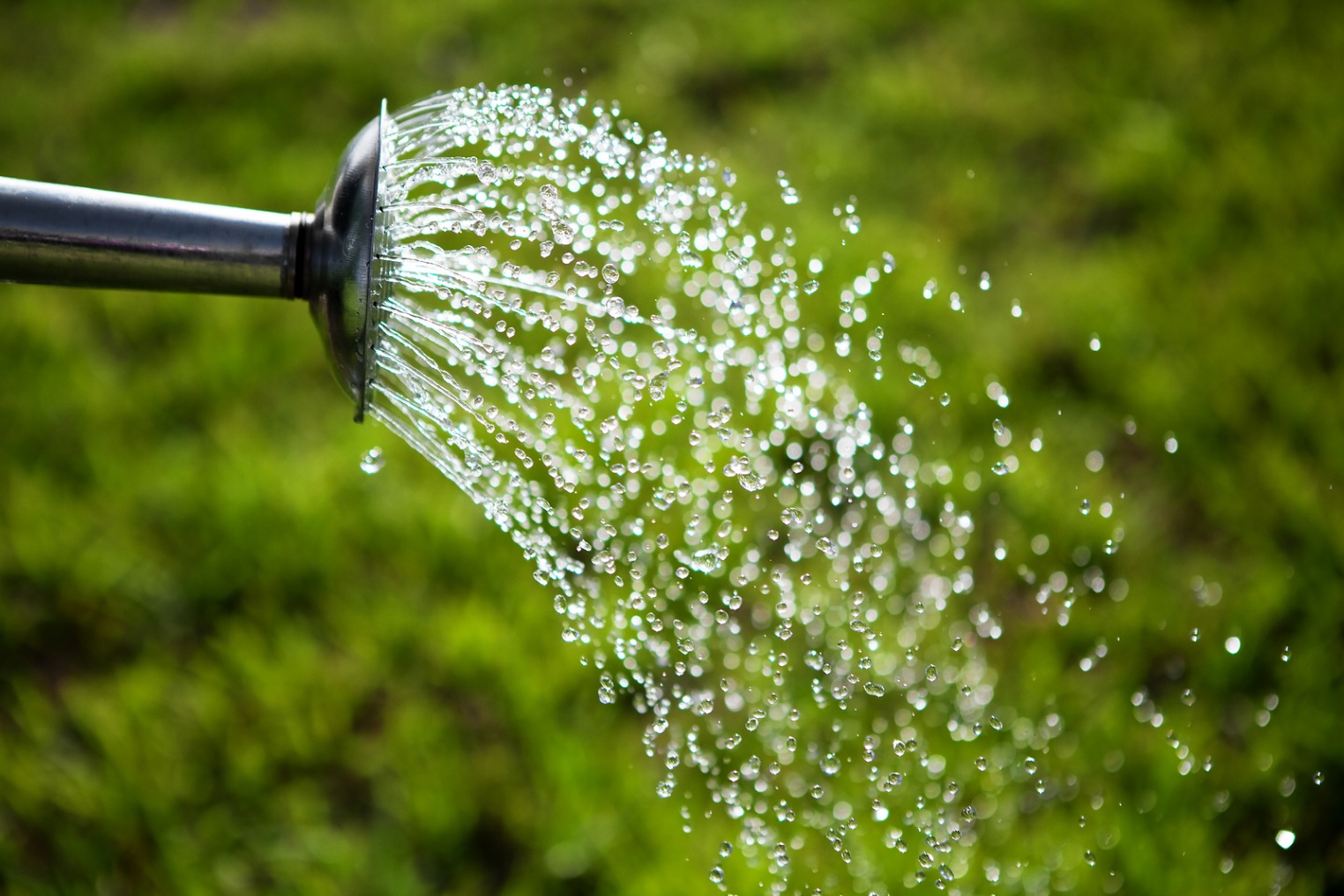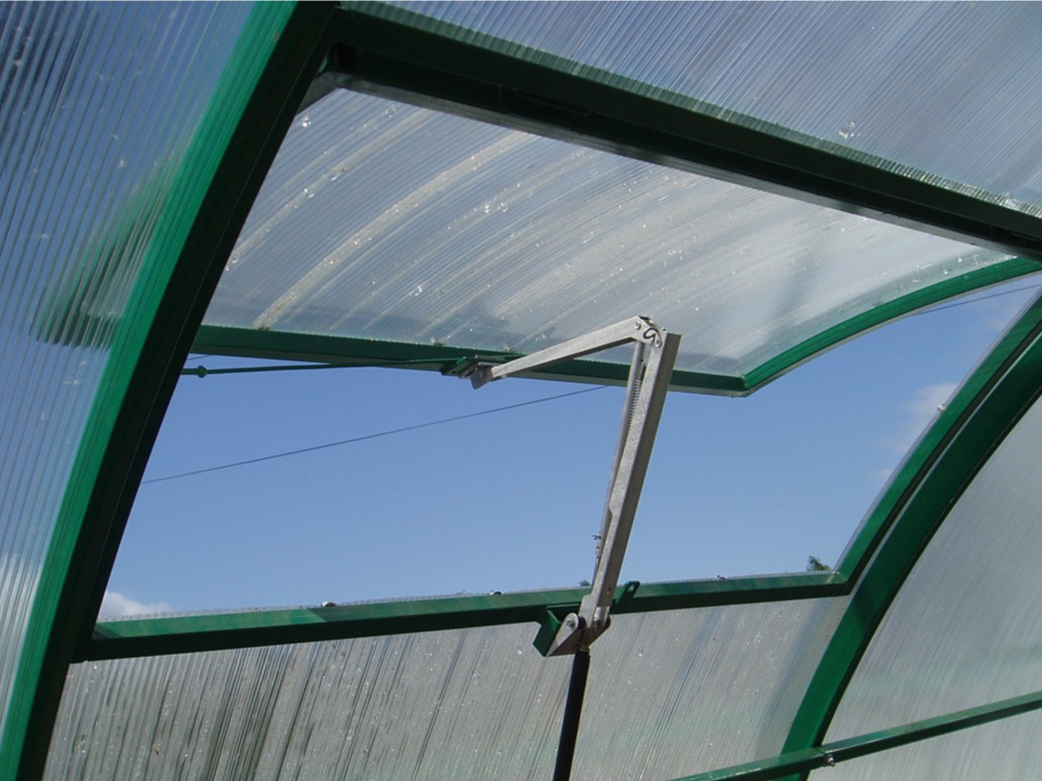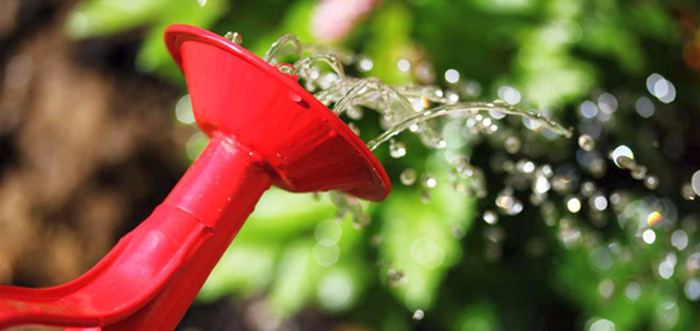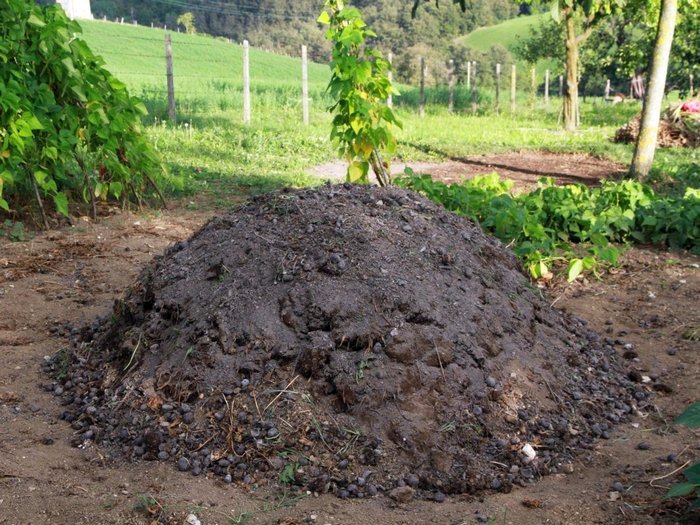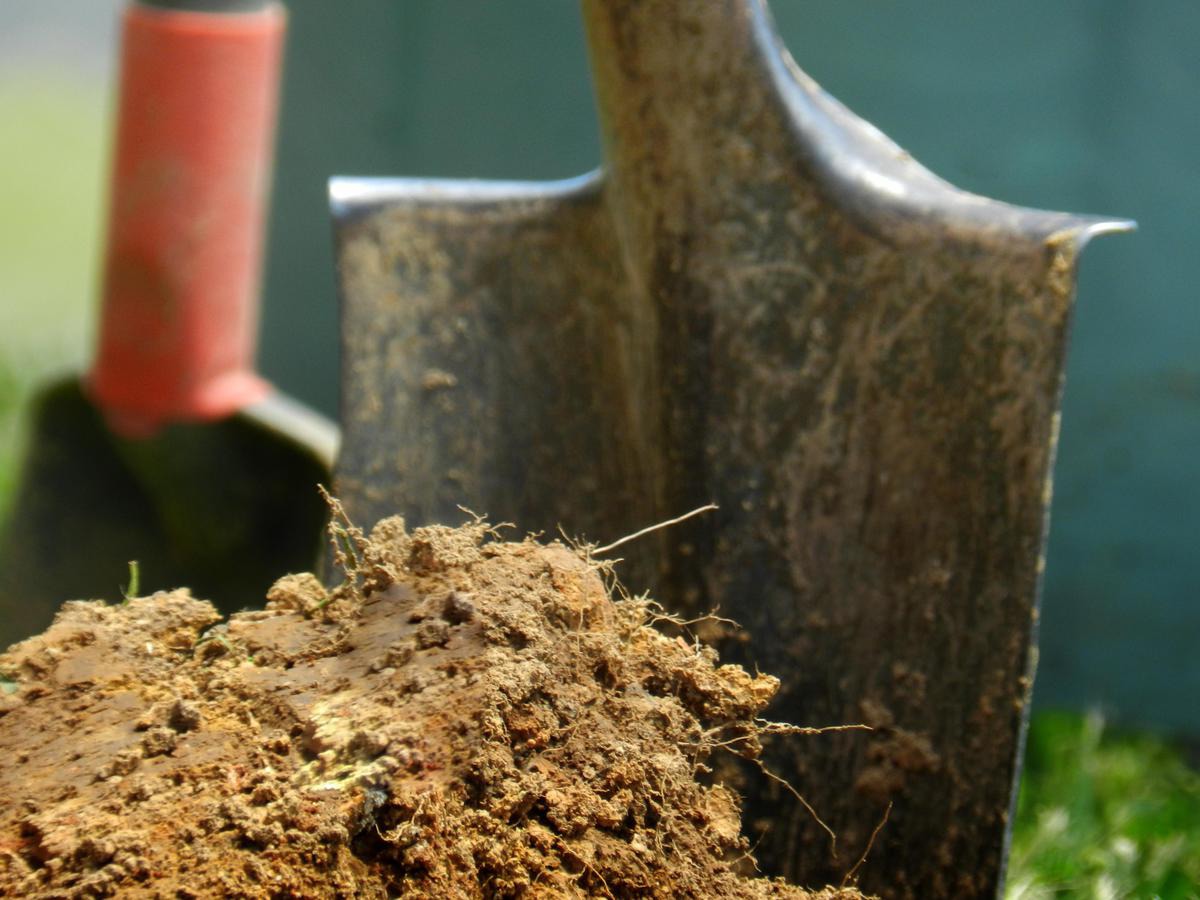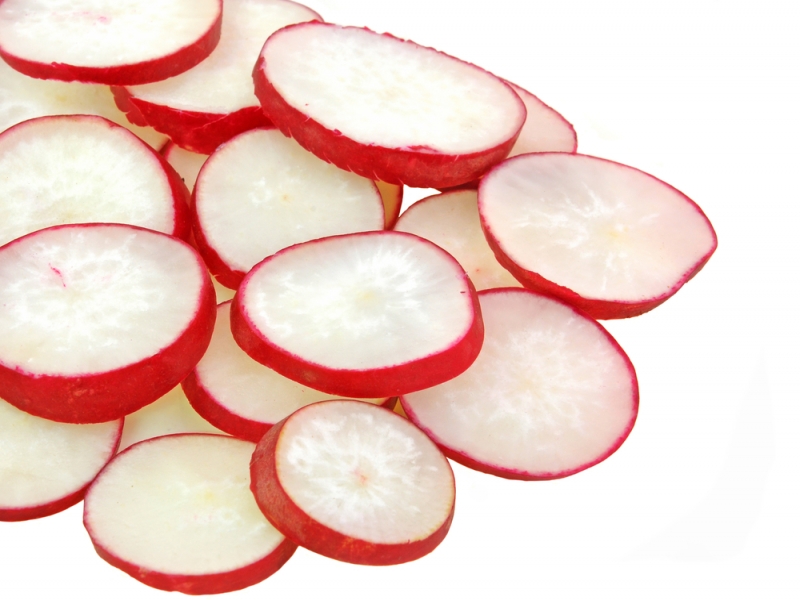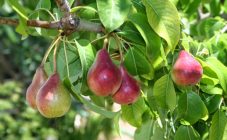Content:
Radish is one of the most commonly grown fruit and vegetable crops in our country. The season when you can start harvesting begins in spring. A garden plant like a radish has many advantages:
- undemanding care;
- simple agrotechnics of cultivation;
- early ripening;
- transplanting into open ground at the beginning of the gardening season;
- useful composition of fruits;
- good taste of vegetables.
Radishes are one of the first vegetables to be eaten early in the year. However, it is possible to collect useful root crops throughout the summer season only with the introduction of special fertilizers aimed at a more powerful growth of vegetables, as well as when performing some agrotechnical techniques. To know how to feed a radish for the rapid growth of a root crop, you need to know the characteristics of each type of fertilizer.
How to fertilize before germination
The introduction of useful mineral compounds into the soil is carried out during the autumn preparation of the soil material for the onset of the winter season. The list of minerals, how to feed the radish in the future ridge (per 1 m2):
- ½ bucket of compost;
- 15 grams potassium salt;
- 50 grams superphosphate.
Before starting the spring planting work, a mineral complex is again introduced into the soil, aimed at accelerating the growth of root crops. However, before that, the soil must be dug to a depth of 20 centimeters. The list of minerals applied on top of the dug up soil layer (per 1 m2):
- 5 kilograms humus;
- 1 glass of wood ash;
- 10 grams urea;
- 40 grams double superphosphate.
How to fertilize at the growth stage
Especially if radish is fertilized in the open field, it is recommended to use a mineral complex of nutrients instead of simple fertilization. It should be introduced in accordance with the quantitative rate specified in the attached instructions for a specific mineral composition, which says how to feed the radish after germination.
Fertilizer, presented in granular form, should be scattered over the surface of the soil or mixed into the ground when loosening. In order to avoid pulling the root vegetables, it is recommended to slightly huddle the radish.
Additional fertilization, regardless of germination conditions: in a greenhouse or on an open ridge, is allowed if external signs of a deficiency of a specific trace element occur. For example, a too pale color of the leaves can be called a symptom of a lack of nitrogen. In this case, to fertilize radish in root or foliar form, it is necessary to use nitrate or urea.
The concentration of the solution is 1 teaspoon of the essence in a bucket of water. Excess nitrogen can be detected by excessive thickening of the foliage.In this case, a solution of 10 grams of potassium sulfate and a little more than 15 grams of superphosphate diluted in a bucket of water is used for fertilization.
Proper watering of radishes
The first plentiful watering of radishes is carried out after sowing the seed, regardless of the conditions for the placement of the plantings, as well as whether the seeds were pre-soaked in water or a growth stimulator. Before you water the radishes for the first time, you need to warm the water to room temperature.
Before the formation of the first leaf, the watering depth should be 10 centimeters, after the transition to the stage of fruit formation - 15 centimeters.
How often you need to water the radishes outdoors is indicated by the following factors:
- weather;
- the quality of the growing environment;
- the degree of soil moisture.
On an ordinary garden ridge, in stable warm, but not hot weather, watering of radishes is carried out every 4 days. In hot weather, each planting bed should be watered every day. In dry weather, each planting should be watered twice a day - early morning and late evening. In stable cool weather, watering is carried out every 5 days.
The calculation of water per 1 m2 required for irrigation on hot days is 10 liters. Water for irrigation is used warm or cool, but you should not water the plantings with cold water.
Watering radish grown in greenhouse conditions is almost the same as growing in open ridge conditions. The indicator of soil moisture at the stage of foliage formation is 70%, while moving to the stage of root crop formation - 75%.
In order to avoid waterlogging of the soil, as well as its flowering and the appearance of fungal foci in the greenhouse, it is recommended to install a ventilation system or make sure that the greenhouse is ventilated every time after watering the radish.
The last watering of the radish before the end of the gardening season is carried out 7 hours before the harvest of the ripe crop.
Excessive root growth
The reason that the root can grow too much is the insufficient provision of the surface layer of the soil, which is about 5 centimeters, during the transition to the stage of seedling formation. To avoid intensive overgrowth of the root system when growing radishes, it is necessary to water the soil before sowing planting material. It is also necessary to water the plant abundantly after the foliage appears. The repetition of irrigation measures using this technology is carried out before the formation of root crops. In addition, many summer residents are interested in the question of how the overgrown radish root is called, but not everyone knows that this phenomenon is referred to as the formation of "mouse tails".
Fertilizer List for Radish
The list of fertilizers used to grow radishes includes:
- compost;
- superphosphate;
- potassium salt;
- ammonium nitrate;
- phosphorus-potassium fertilizer;
- potassium sulfate;
- humus;
- ash;
- chicken droppings.
Fertilizing radish with folk remedies
The list of fertilizers that can be made on the basis of folk recipes from organic components includes:
- herbal mood;
- wood ash fertilizer;
- based on chicken manure;
- compost;
- humus.
Herbal fertilizers
The advantages of plant fertilizers are:
- accelerated assimilation;
- safety;
- quick effect on the plant organism.
The green fertilizer contains minerals that may be called the most essential for radish:
- nitrogen;
- potassium.
Recommended ingredients for creating herbal infusions:
- chamomile;
- nettle;
- rape;
- tansy.
You can also add to the above herbal ingredients:
- chicken droppings;
- ash;
- onion peel;
- arrows from garlic.
Nettle infusion for fertilization
The formation of chlorophyll, which is facilitated by the introduction of nettle infusion on a ridge with plantings of radishes, has a positive effect on the ability of root crops to grow, and also heals the plant's body as a whole. Spraying radish tops with a nettle solution can eliminate breeding foci of such a garden pest as a cruciferous flea. Freshly picked nettles should be used as the main ingredient in making green radish fertilizer. If it is necessary to spray in the early spring period, you can fertilize the plant with dried nettles.
Step-by-step instructions for making nettle infusion are as follows:
- Prepare a large container;
- Chop the nettle;
- Fill the container with heated water;
- Add chopped nettle to the container;
- Place the container in the sun;
- Infuse the solution for a week;
- Stir daily.
Nettle infusion, for the production of which is based on a folk recipe, is considered ready for use when an unpleasant odor appears, the solution darkens and the process of foam formation stops.
The proportions when mixing green essences are 1 bucket of solution for the required volume of 10 buckets of water. When using the infusion for spraying the tops, dilute the solution in 20 buckets of water.
Making fertilizer from comfrey
The advantage of using a solution prepared on the basis of comfrey is the abundance of a number of useful substances contained in its composition, such as:
- potassium;
- phosphorus;
- ash;
- proteins.
The preparation of the essence based on this herb consists in grinding it and adding it to water in a ratio of 1:10. The mixed solution should be placed in the sun and insisted for 10 days.
When applying, it is necessary to observe proportions similar to the use of nettle infusion.
Preparing a solution from chicken manure
Chicken droppings are classified as organic fertilizers. The chemical composition of this natural component includes a number of substances that improve the filling of root crops and contribute to a faster growth of plantings:
- calcium;
- potassium;
- nitrogen;
- magnesium;
- phosphorus;
- organic.
However, improper use of this type of fertilizer will not have a positive effect on plant development. Fertilizing radishes with chicken droppings is permissible throughout almost the entire horticultural season:
- Spring;
- summer;
- fall.
The application of this dressing is possible both in dry and in dissolved form. However, the most effective is the introduction of bird droppings diluted with water.
Fertilizer based on this organic component can be made according to one of several recipes:
- Pour 20 liters of water into one bucket of organic matter. Leave the mixture for 10 hours to infuse, stirring occasionally. The dose of top dressing required for each planting is 500 milliliters;
- Pour a bucket of droppings with a bucket of clean water and leave for 4 days. To water the culture, dissolve 1 liter of prepared organic matter in 10 liters of water;
- Add 3 buckets of water to a bucket of litter and stir thoroughly. Pour 4 buckets of water over one bucket of solution. When watering, it is permissible to add additional mineral complexes for feeding radishes;
- Pour the droppings with water at a rate of 1: 3. Insist for 2 days, after which the water must be drained. Repeat this procedure three times.After 3 times, the organic essence is filled with water and used as directed. Carrying out such cleaning measures is aimed at removing toxin and uric acid from the chicken manure;
- Pour one bucket of organic matter with three buckets of water and leave for 3 days to infuse. After that add 1 tablespoon of the preparation "Baikal M" to one bucket of water. This tool is added to cleanse the composition of toxins. When applying, adhere to a ratio of 1: 4.
How to feed ash radishes
When using ash as fertilizer, the following rules must be observed:
- Avoid contact of ash with the mucous membrane of the eyes;
- Do not inhale ash particles;
- Do not add ash to alkaline soil;
- Avoid mixing ash with nitrogen-containing fertilizers to avoid neutralizing their effect.
Wood ash is introduced into the soil in order to compensate for the potassium deficiency. In the process of growing radish, liquid ash can be used to fertilize this crop: slightly more than 200 grams of ash must be diluted in 10 liters of water for irrigation with this solution of plantings in the evening.
The first harvest of ripe radish root crops can be harvested in April. However, subject to the agrotechnical features recommended in this material, describing how to fertilize the radish so that it grows faster, through the competent use of various types of dressings, you can not only positively affect the rate of fruit ripening, but also extend the fruiting period until the end of the gardening season. ...
